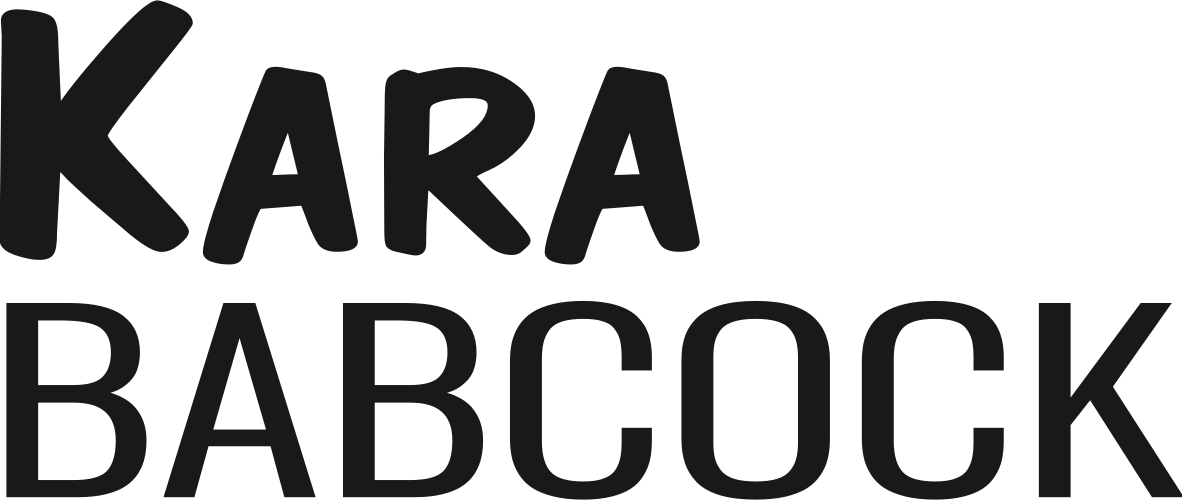Swype: The compromise between QWERTY familiarity and touchscreen elegance
Back in grade four, something miraculous happened. Our class at Isabella Street School descended down to the library, which was nestled in one corner of the unappealing, rather dingy cement and concrete basement. I already loved the library, and reading in general, by that time. It was through this library that I devoured those Hardy Boys books that my dad did not have, read my way through Nancy Drew, had my first experiences with Tolkien and Lewis and, in later years, Agatha Christie. There were several shelves full of colourful books on mythology when I went through that phase, and even a pop-up book about Star Trek, a copy of which I bought for $10 on Abebooks during a bout of nostalgia in the summer, which has not actually arrived yet, and now it occurs to me I should probably ask someone about that....
But I digress. On that fateful day, my grade four class was not there to browse the bookshelves and sit at our octagonal tables in chairs now much too small for me. No, we instead turned left at the doors to populate the "computer lab." This must have been 1998 or 1999, so the computers were all still MS DOS, although they had this nifty feature where you could "boot into" Windows 3.1. (Even back then, I was pretty adept at getting the system to do what I want, if I do say so myself.) We had all the cool games back then: Treasure Mountain, Cross Country Canada (both of which I now have on my computer, and play using DOSBox), and, of course, Math Circus. Unlike other visits to the computer lab, however, we were not there to play games.
We were going to learn how to type.
We learned using the Almena method. I think we watched some videos, and there was a retired teacher and expert typist who volunteered at the school and helped our teacher instruct us. I still remember the mneumonics to memorize the placement of keys: "Quick Ask Zoe, What Stops X-rays, Even Dogs Can't. Red Fish Vanish, Then Grow Bigger. Yaks Hear Noises, Under Jack's Mattress. I Keep commas, Over Long periods. Peanuts!"
It sounds a little silly, doesn't it? But for those of you who used this method, you know what I'm talking about: it really works. And as my rendition above attests, for I did not have to look those up, I still remember those mneumonics after all this time. It is inculcated into my very being. I didn't realize it then--I did realize how cool being able to touch type was, but I didn't realize how much a part of me this ability would become.
It's like having a superpower. That is the only way I can describe it, especially to those few people reading this who themselves have never learned to touch type. On a good day, I can type about 100 WPM (less if I'm pausing to consider what I shall write, as I am doing now). Like many people, I use a computer every day, and I spend a great deal of time on my computer. So typing is an essential skill for me. Looking back, after a decade more experience, I am very grateful that my elementary school, or the curriculum, or whoever was responsible for that decision, chose to teach me how to type.
Oh, I've dabbled with alternative keyboard layouts, like Colemak. But I've always returned to QWERTY, that faithful keyboard mistress. Why? Because it's a part of me. Colemak is, in my opinion, a much superior layout, and I enjoyed using it. But the QWERTY school got to me when I was young, indoctrinated me, and now I can't escape.
And it's only natural, with such a dependency on this interface, that we begin to port it to other devices once they need text-input capability. After all, QWERTY itself is a port from typewriters to computers. Now we have QWERTY keyboards on so-called "quick messaging phones," as well as smartphones. But is this really the best way to type on a phone? The small screen means either a keyboard with physically smaller keys or a rather daunting, at least at first, touchscreen keypad--and let's face it, you'll be typing with your thumbs either way. Given time and practice, people do tend to master it and become proficient. But is there any better alternative?
That's what Swype offers. I was skeptical at first: so you swipe (hah) your index finger along the QWERTY keypad, passing through each letter in the word you want to spell, then Swype predicts the word you want? Sounds too much like that abysmal T9 software that came on my former phone! But no, it's completely different. And it's rather awesome. Watch some of the videos. It is impressive how fast you can get; I'm not nearly that fast yet, unfortunately.
Swype is in beta, and it was just recently released to the general public. I was lucky enough to have it pre-installed on my new Samsung Galaxy S. I was drawn to it for a simple reason: the default Samsung keypad, which replaces the apparently perfectly capable Android keypad on most other Android devices, sucks. Samsung has crippled essential functionality--in my case, a strong need for accented characters and diacriticals. Swype, in addition to its unique input method, restores my ability to use accented characters with ease.
So I switched to it, and at first I just typed on the keypad like normal (because you can do that). However, the keypad comes with a tutorial, and I decided to go through it and see what the hype about Swype was. The idea of swiping through letters is intriguing, and it does seem a lot nicer than thumb-typing. Indeed, Swype shines most in portrait mode--prior to using it, I had a lot of trouble typing on the skinny keys in portrait mode; landscape was and is not much of an issue. With Swype, I just slide my index finger around, and that's it.
Of course, deliberately smudging my screen while typing seems a little wrong. Then again, "dragging" icons and images around the touchscreen is a perfectly acceptable user interface mechanic, so this is not that much of a departure. The most serious obstacle I have encountered lately is a lack of lubrication on my fingers; if they are too dry, there is too much friction against my screen, so swiping through keys becomes both slow and rather uncomfortable!
Nevertheless, on a conceptual level Swype makes a lot of sense for smartphones. I'm not sure it would work well for larger devices, like desktop workstations, although you might be able to make a case. It is interesting to see people come up with new input methods that capitalize on the benefits of a capacitive touchscreen (dragging/swiping fingers) to mitigate a disadvantage of the device (small screen size, small keyboards). And Swype is still QWERTY, so the layout of the keys haven't changed, nor are you forbidden from touch typing as per usual, which makes the learning curve virtually nothing. It may indeed be a good compromise between the backward compatibility to which QWERTY has enslaved us and the need for innovation in input on smartphones.
Anyway, that's my Android thought for today.

